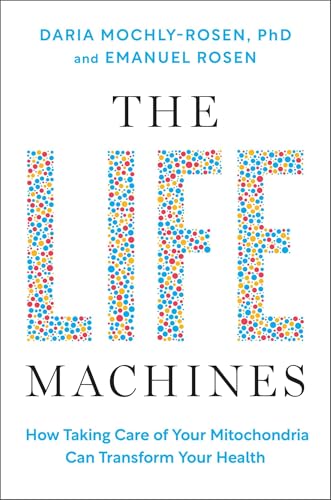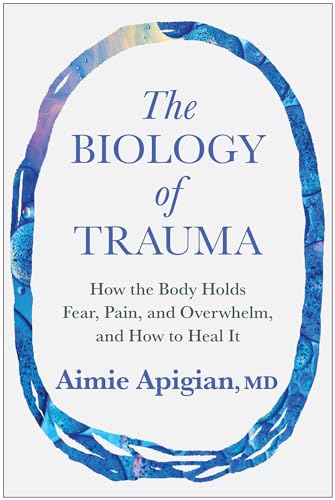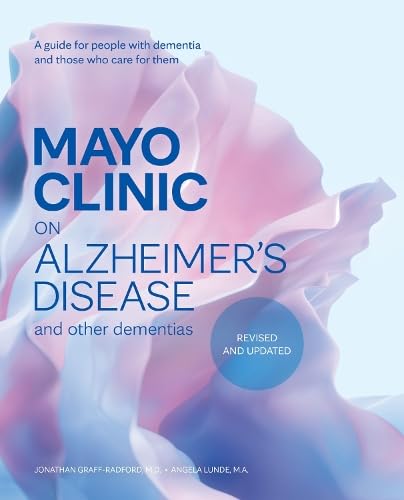 The Life Machines
The Life Machinesby Daria Mochly-Rosen; Emanuel Rosen
ISBN-13: 9781668057988
Hardcover: 304 pages
Publisher: Simon Element
Released: October 14, 2025
Source: ebook review copy from the publisher through NetGalley.
Book Description, Modified from Goodreads:
Improve your lifelong health and well-being by understanding what mitochondria really do for you, and how through small lifestyle changes, these awe-inspiring powerhouses can better your life.
Meet your mitochondria—tiny but mighty organelles that are the true engines of life. These organelles are popularly known as the “powerhouses of the cell,” but new research shows that the mitochondria do more than just convert food into energy—they’re orchestrators of critical functions that keep you healthy and alive.
This groundbreaking book by a leading scientist from Stanford University School of Medicine and her husband, a bestselling author, is the first to provide a comprehensive yet easy-to-understand look at mitochondria and their vital role in human health. It is based on the premise that healthy mitochondria are the key to healthy cells and, thus, to healthy tissues, healthy organs, and a healthy body. The Life Machines provides practical and fundamental principles that you can use to unlock your body’s full potential, including how sleep, stress, exercise, toxins, and diet affect mitochondria function. Dysfunction of these organelles has been linked to diseases and conditions such as Alzheimer’s disease, type 2 diabetes, heart diseases, cancer, depression, autism spectrum disorder, chronic fatigue syndrome, and infertility
Packed with surprising facts, you’ll read about “mitochondrial Eve” who lived in Africa 200,000 years ago; tiny rotors that spin inside your body at fantastic speed; how cancer cells steal mitochondria from immune cells; how mitochondria help shape a baby’s fingers and brain; how mitochondria in your thighs are linked to your cognitive capacity, and more.
Skillfully weaving cutting-edge scientific discoveries, expert testimonies, personal stories, and practical insights, The Life Machines is inspiring and hopeful, empowering you to adopt lifestyle changes that will benefit the smallest—and yet most crucial—parts of the human body.
My Review:
The Life Machines is about the functions that mitochondria perform, things recent research has discovered about mitochondria, and how we can improve (or maintain) good mitochondria function through good sleep, exercise, relaxation, and diet. Also, why we should avoid chronic stress and toxins from the mitochondrial viewpoint. One author, Daria, is a researcher and provided the latest scientific information while Emanuel wrote this information in ways that anyone can understand, explaining things in both scientific terms and then through analogies. It was interesting to learn how much more mitochondria do for you than produce energy and the latest research on how exercise and such affect your mitochondria for good and bad. Overall, I'd recommend this interesting science book.
If you've read this book, what do you think about it? I'd be honored if you wrote your own opinion of the book in the comments.









